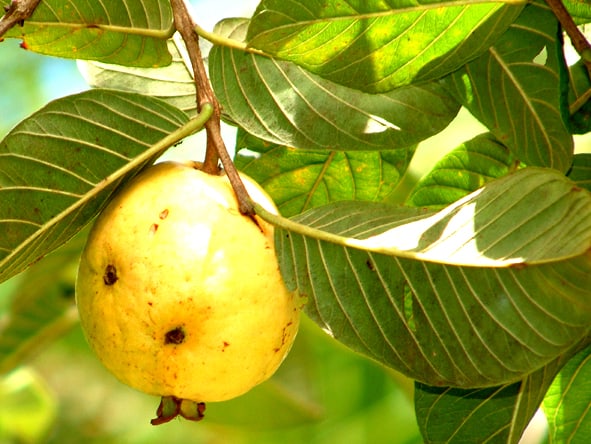Ways to Cook and Serve Quince
Cooked quince has a sweet, delicate musky aroma with a flavor somewhere between an apple and a pear. Quince is often used in jams, jellies, and preserves. You can also use quince in cobblers or tarts or add it cubed to beef stew or roast poultry. The quince is not good to eat raw. Give […] More












